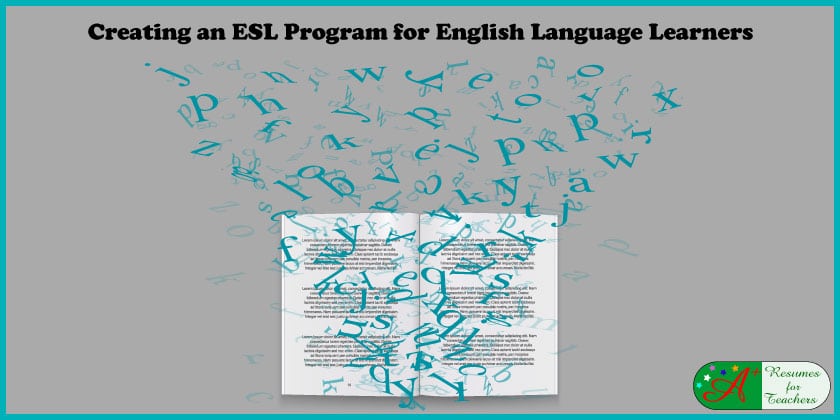Establishing a student-centered ESL program for English Language Learners is critical to students success. These students face tougher obstacles in their education careers because of their English language abilities may hold them back and make learning more difficult. These students have special learning needs, schools are required to spend more resources, personnel and time on ensuring these students are properly accommodated.
It is, therefore, important that school leaders have a clear understanding of the special challenges that these ELL students face both in and out of school. Additionally, school leaders must understand the special challenges facing both regular teachers and ESL specialists when trying to accommodate these students within the classroom.
So, what can school leaders do to ensure a positive ESL program?
English Language Learners should be provided with as much opportunity to learn and succeed as any other students. Any ESL program should be instituted with this idea at its core.
How to create an effective ESL program for English Language Learners #ESL #ELL #TESOL Share on XTo help ESL students succeed, it would be most beneficial for each school, depending on its size and population of ESL students, to have at least one full-time ESL/ELL teacher who is trained in helping individuals of all academic and English-language levels and is able to provide extra-curricular, one-on-one tutoring. The accomplishments you achieve well involved in ESL need to be included correctly when creating an ESL teaching resume.
It would be an error to assume ELL/ESL learning and accommodations begins and ends with the ESL teacher. Although an ESL teacher plays a large role in ESL students’ academic success, it is important to coordinate a collaborative effort to include all staff members, teachers, and administration. A collaborative initiative should ensure ESL instruction is properly integrated across the curriculum and the school community.
When it comes to developing the curriculum, instruction techniques and assessments for your school community, they need to be developed, adjusted and adapted based on the specific needs of your unique student population. These ten ESL teaching techniques will help to give you some ideas you haven’t used.
The needs and circumstances of your individual students are what should drive your ESL policies and instruction. For instance, knowing what countries your students have come from, how long they’ve been in the country, and how much schooling they’ve had will help you immensely to target instruction to their needs. Use the knowledge you gained about your students’ backgrounds to develop individual learning plans.
Furthermore, the ESL/ELL program should promote a high degree of parent communication and involvement. Parent involvement should help ensure students receive support from the school, as well as the home environment. If the parents speak little to no English, it would be desirable to have a translator available for parent-teacher conferences and provide reports cards. All correspondence should be in English and the student’s native language and develop materials in the native language to send home as well.
With the right amount of collaboration between the administrators, teachers, parents, and students, ESL students will have a greater chance for both language acquisition and academic success.


